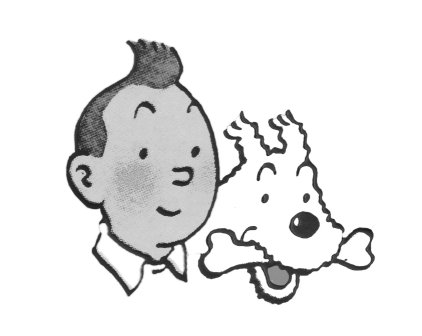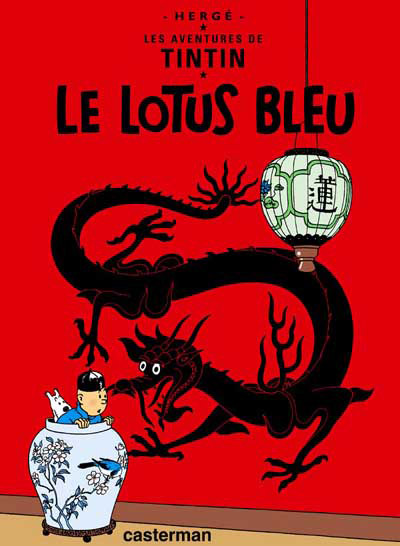The Adventures of Tintin and Snowy
HergÉ
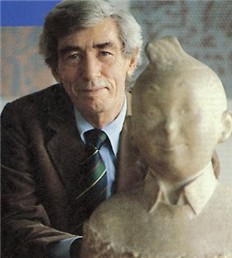
Hergé, from his real name Georges Remi is the Belgian author of comic strips.
He was born in 1907 and died in 1983.
He is mostly known for being the author of the Adventures of Tintin.
- Childhood
As a child, Georges was tough and couldn’t keep still. The only solution to keep him occupied and silent was to give him
a pencil and paper. The little boy would draw for hours.
At school, during first world war, little Georges used to draw on his lesson books stories about a little boy fighting
the German enemy.
In 1919, Georges Remi joins a catholic school in Brussels. He will be part of the school scouts.
He likes these years in the Boys Scout and draws a lot during summer camps.
- First Job
Once his studies finished, Georges looks for a job and is hired to work for the newspaper Vingtième Siècle.
In parallel of this job, Georges continues to publish strips in the magazine Boy-Scout.
In 1924, he starts signing his drawings Hergé. In 1926, he invents the stories of Totor, a clever scout,
whom is often recognized as the ancestor of Tintin.
Once his military service accomplished, Georges Remi is assigned photograph-reporter and illustrator in the newspaper.
Successful in his new role, he is quickly given responsibility of the newspaper’s supplement : Petit Vingtième,
which is created for young readers.
- Tintin's first appearance
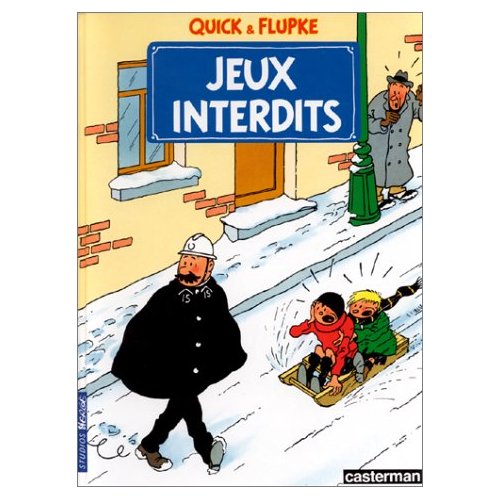
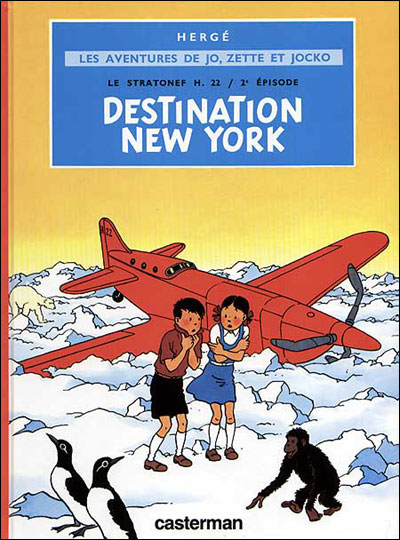 In 1929, Tintin appears for the first time in Le Petit Vingtième. He is a reporter, just like his creator.
Hergé’s bosses ask him, in a very anticommunist context at the time, to write a story about Tintin in Russia.
At the end of 1929, the first strips of Tintin in the land of the Soviets are published.
In 1929, Tintin appears for the first time in Le Petit Vingtième. He is a reporter, just like his creator.
Hergé’s bosses ask him, in a very anticommunist context at the time, to write a story about Tintin in Russia.
At the end of 1929, the first strips of Tintin in the land of the Soviets are published.
In 1930, Hergé creates others characters : Quick and Flupke. No real story just series of gags initiated by these two kids, which was probably a reflexion of Hergé’s own childhood. Jo, Zette and Jocko, the adventures of 2 kids and their monkey, is born as well.
In parallel, in the 30’s, Hergé also works as an illustrator for writers and realizes a few "Art-Deco" posters in the ladies supplement Votre Vingtième, Madame. He also creates hundreds of advertisements. All these works "on the side" enable him to improve his drawing technique and precision that he will use in his comic strips.
- The Adventures of Tintin
After Tintin in the Congo, Tintin in America and in the middle east with the Cigars of the Pharaoh, Hergé wants his hero to go the China. In order to be the more accurate possible, he starts to document himself. That’s when he meets a young Chinese, student at the Beaux-Arts in Brussels, named Tchang Tchong-Jen. He will provide Hergé with tons of information and it will be the beginning of a strong friendship between the two mens.
Tchang will be an important character in this album, The Blue Lotus. This album will also be one of the most engaged in Hergé’s career because he shows the real political situation between China and Japan at that time and also uses real events, like the japonese railway sabotage probably organized by the Japanese themselves so that they had an excuse to invade this chinese province.
The next adventures of Tintin will take place in South America with The Broken Ear, in Scotland, with The Black Island and in 1938, in Syldavia and Borduria, invented countries very much inspired by the at that time pre-world war II context, with King Ottokar’s Sceptre.
When King Ottokar’s Sceptre is published, in 1939, Hitler has just invaded Poland and World War II just started.
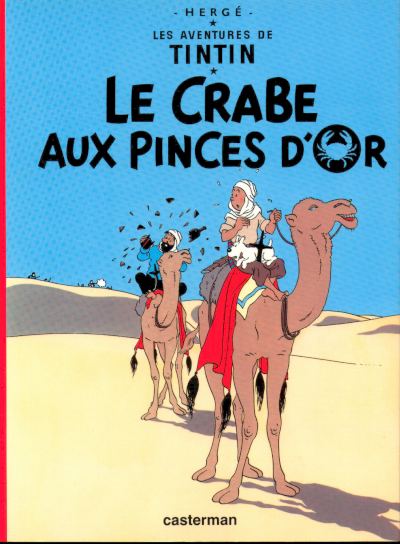
Until 1940, Hergé will be mobilised but will still continue drawing the adventures of Tintin. In April 1940, Hergé is sent back home because sick.
The newspaper in which the adventures of Tintin are published stops definitely in May 1940 because of German occupation.
Hergé and his wife Germaine, leave Belgium after the first bombings and visit a friend in the south of France.
They finally go back to Belgium a month after because of financial difficulties, Hergé needs to find a job. He is finally hired at Le Soir, a newspaper published under German’s control. No sensible subjects must be treated in the paper, so Hergé uses a real story about a cocaine traffic where the drug was hidden in crabe tins to have Tintin and Snowy back. The crab with the golden claws is born.
In 1941, Hergé is asked by his publisher to reduce the number of pages of his albums so that they can be printed in color.
After the war, Hergé lives difficult times because of his job at the "german" newspaper. He will be arrested 4 times and suspended of his ability to publish. By the end of 1945, he is cleared and he can publish again.
In 1946, he is proposed by former resistant Raymond Leblanc to create a journal together. Le Journal de Tintin is born and Hergé will have a full team to work with him . In 1947, The Seven Crystal Balls and Prisoners of the Sun are published.
In 1948, Hergé wants to send his heroes on the Moon. It will took him 5 years of intensive documentation and work to achieve the 2 albums Destination Moon and Explorers of the Moon.
In 1950, Hergé creates his own company that he will call "Studio Hergé".
In 1954, The Calculus Affair is published, the action takes place in Switzerland and describes the Cold War situation between the two fake countries Borduria and Syldavia.
In 1958, The Red Sea Sharks denounces the gun and slaves traffic.
Four other albums will be published after that, and the last one, Tintin and Alph-Art will remain unfinished. Hergé will die from a leukemia in 1983 before being able to achieve it.
Top of the page
Ariane Nade - December 2010


 In 1929, Tintin appears for the first time in Le Petit Vingtième. He is a reporter, just like his creator.
Hergé’s bosses ask him, in a very anticommunist context at the time, to write a story about Tintin in Russia.
At the end of 1929, the first strips of Tintin in the land of the Soviets are published.
In 1929, Tintin appears for the first time in Le Petit Vingtième. He is a reporter, just like his creator.
Hergé’s bosses ask him, in a very anticommunist context at the time, to write a story about Tintin in Russia.
At the end of 1929, the first strips of Tintin in the land of the Soviets are published.
